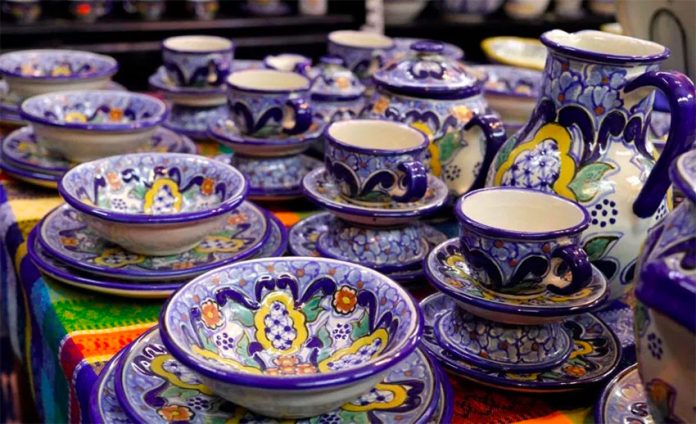The United Nations Educational, Scientific and Cultural Organization (UNESCO) has declared the Mexican and Spanish pottery style known as talavera an intangible cultural heritage.
The pottery is made in the Mexican states of Puebla and Tlaxcala and the Spanish towns of Talavera de la Reina and El Puente del Arzobispo.
In Mexico, the communities of Atlixco, Cholula, Tecali de Herrera and Puebla city, where the pottery is produced, are colloquially referred to as the “Talavera zone.”
Puebla Tourism Secretary Fabiana Briseño Suárez said the centuries-old tradition begun in Spain includes Islamic, Egyptian, Persian, Moroccan and Spanish influences, all of which integrated with the history and art in Mexico after being brought to Mexico during the Spanish conquest.
“An example of [this integration] is the large number of buildings, churches, fountains and facades in Puebla that are masterfully adorned with talavera,” she said.
UNESCO said that although some of the techniques employed to make talavera have changed in both Mexico and Spain, such as the use of electric potter’s wheels, the processes of production, decoration and glazing are still artisanal and identical to those practiced in the 16th century.
“The theoretical knowledge and practices related to this element of living cultural heritage include the preparation of the clay, its formation with a potter’s wheel or mold, the decoration of the formed piece, the preparation of the pigments and glazes and the firing in the kiln, operations that all require great skill,” said the organization.
Source: El Financiero (sp)
